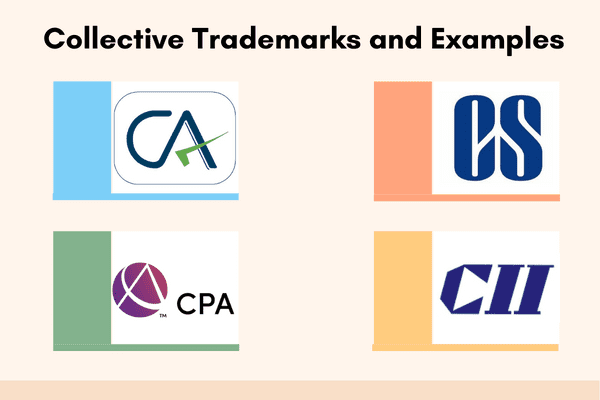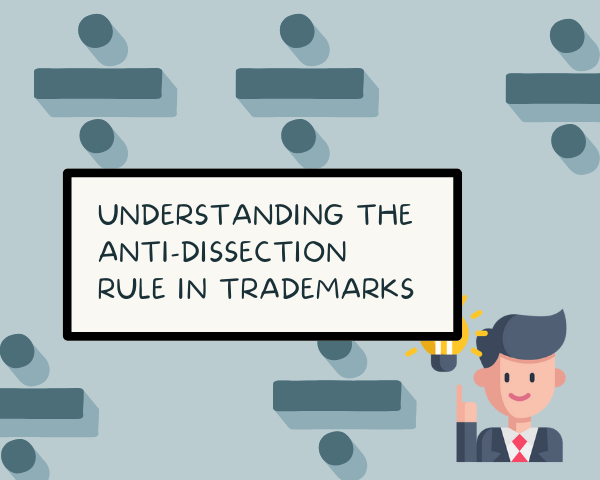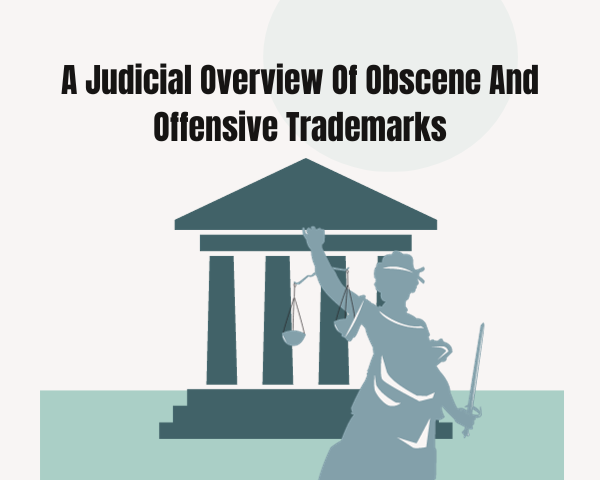Collective Trademarks
A “collective trademark” comprises letters, words, designs, names, etc. It is a trademark owned by an organization, such as an association, and its members only use it.
Collective trademarks help in identifying the level of quality and geographical origin, and it also indicates the individual source of goods or services.
The collective trademark is open to a variety of traders, provided the trader is a member of the organization.
‘Collective trademark’ has been defined under section—2 (1)(g) of the Trade Marks Act,1999.
It says it is a trademark distinguishing the goods or services of members of an association of persons (not being a partnership with the meaning of the Indian Partnership Act,1932), which is the proprietor of the marks from those of others.
Collective mark benefits:
1. To inform the public about specific product features for which collective trademark is used.
2. They promote products that have a geographical origin; by this, the product gets not only domestic recognition but also gains international recognition.
3. It also helps in differentiating one product from another.
Collective Trademark Types:
i) The mark used by the members, and
ii) The mark used by those registered by a cooperative or association.
The regulations for collective trademarks shall include the following:
1) the name of the association of persons and their respective office addresses;
2) the object of the association;
3) the details of the member;
4) the conditions of membership and the relation of each member with the group;
5) conditions governing the use of the mark, including sanctions;
6) the procedure for dealing with appeals against the use of the collective marks;
7) the persons authorized to use the mark; and
8) the conditions of membership of the association.
Section 61-68 deals with collective trademark registration
Section 62 specifies the collective mark should not have misleading characters or significance, as mentioned below:
1. A collective mark shall not be registered if it is likely to deceive or cause confusion to the public;
2. If it is likely to be taken to be something other than a collective mark and the registrar may require that the mark in respect of which the application is made for registration comprise some indication that it is a collective mark.
Section 64 provides that if the registrar satisfies the requirements for registration, he shall accept the application together with the regulations. The acceptance may either be unconditional or subject to conditions. Besides, the conditions can include amendments to the said regulations, if any, as he may deem fit or refuse it and shall notify the rules if accepted.
Further, section 65 provides that the regulations shall be open to public inspection in the same way as the registrar, as in section 148.
Section 68 explains the grounds for removal of registration of collective mark-
1. How the collective mark has been used has caused it to mislead the public as a collective mark, or
2. Grounds of non-use of the mark, under section 47.
Saving for words used as name or description of an article, under section 36.
Section 67 provides that in a suit for infringement instituted by the registered proprietor of a collective mark as plaintiff, the court shall take into account any loss suffered or likely to be suffered by authorized users and may give such directions as it thinks fit as to the extent to which the plaintiff shall hold the proceeds of any monetary remedy of such authorized users.
[cherry_button text=”Questions? Reach Us” url=”https://www.intepat.com/contact-us/” style=”warning” centered=”yes” fluid_position=”right” icon_position=”top” bg_color=”#f79351″ min_width=”33″ target=”_blank”]




